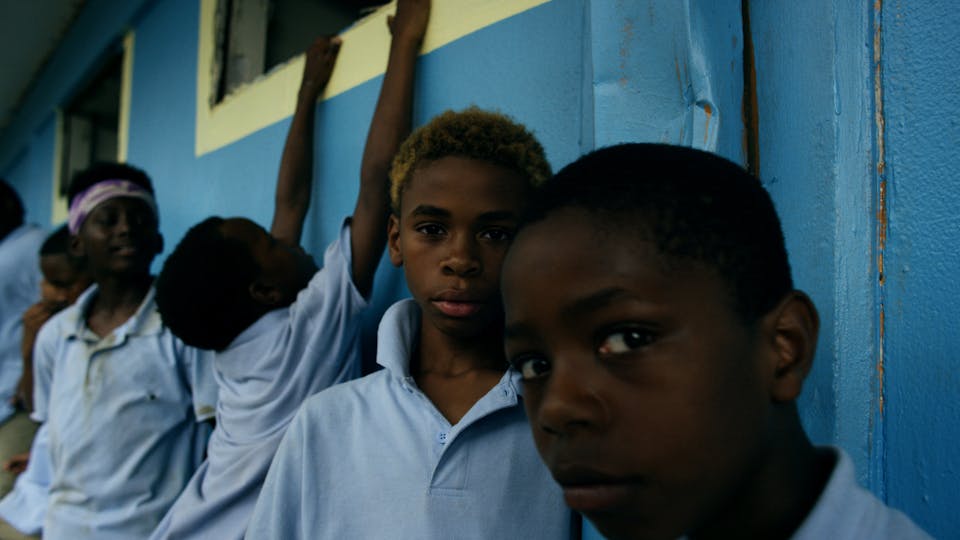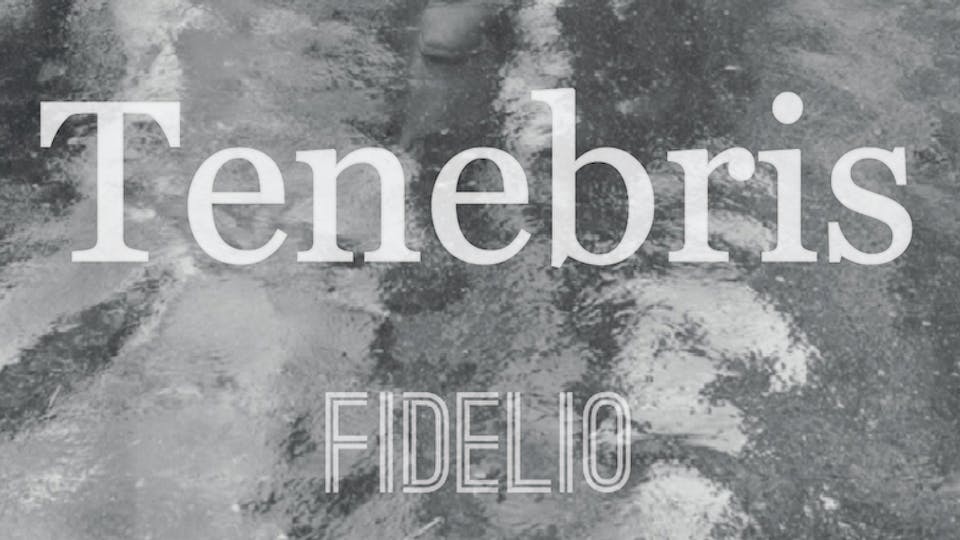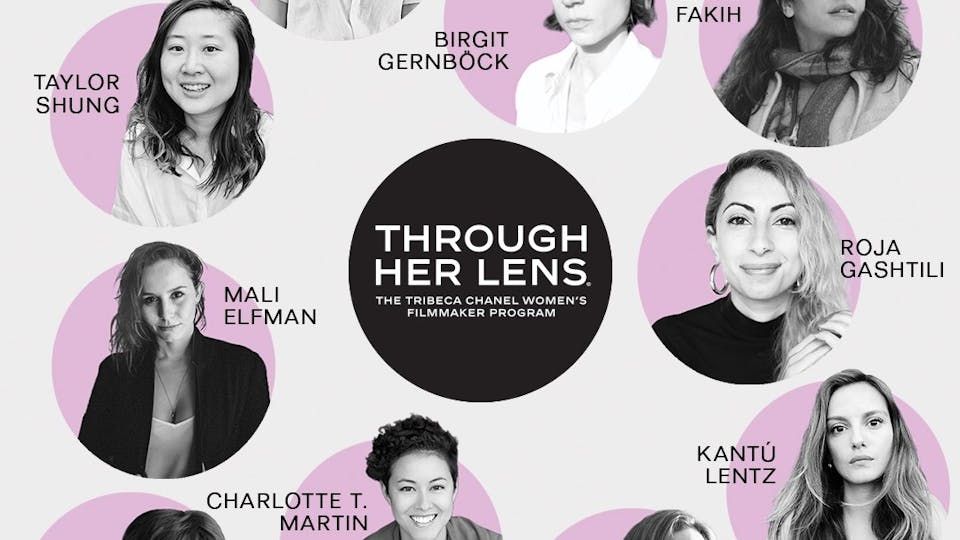5 Major Influences from Andrew Bujalski

Though Andrew Bujalski has been a fixture in the independent film world for a decade with such titles as Funny Ha Ha and Beeswaw, his latest film Computer Chess TFI Sloan Filmmaker Fund Computer Chess premieres Monday at Sundance.
1. My first three films were shot and edited on 16mm film. I love 16mm. I don't know if I'm ever in a bad mood when 16mm is flickering on a screen in front of me. But I've been making movies in the wrong century for that, and so since my first film Funny Ha Ha premiered in 2002, I've been asked time and again in Q&As, "Why don't you shoot on video?" And some contrarian impulse in me sprung up that said, "You want to see video? I'll show you video alright..." 2. The New England Mobile Book Fair, in Newton, MA, is my favorite bookstore in the world. It's enormous and completely eccentric—walking around in there really feels like getting lost inside the cluttered mind of some elderly, cranky, genius bibliophile. Long rows of paperbacks are organized by publisher, and within that filed alphabetically by title. So you're forced to explore, to consider every title on the shelves & take your time. They also have a remainders section which defies laws of physics by seeming to acquire new selections despite never apparently unloading any of the old ones—I swear that a majority of the books for sale in that section have been there since I was 10. And on a trip several years back, I picked up one of these long-neglected, unloved volumes, a book of chess trivia from ca. 1986. There was a section in it on computer chess (well before the famous triumph of Deep Blue over Garry Kasparov in '97), and for some reason this sparked something in my imagination...

3. Michael Almereyda made a beautiful documentary about William Eggleston called William Eggleston in the Real World that featured some clips that Eggleston himself had shot himself in the '70s on a Sony PortaPak, one of the earliest consumer video cameras. The PortaPak—particularly in Eggleston's capable hands, and with his lens adjustments (plus, I understand, the addition of an infrared tube so he could shoot at night!)—produced haunting images. Or perhaps "haunted" is more accurate. The most obvious & striking characteristic of the old analog video cameras is the "ghosting" effect that bright light sources produce where they temporarily burn their image into the screen. This effect is unique to analog video, nothing before or since quite does it the same way, and it contains a handy metaphor for moviemaking in general, as of course all of the images we present are ghosts in some sense. An edited version of Eggleston's videos called "Stranded in Canton" was eventually released & it is very much worth seeking out. 4. I now had a visual template in mind, and I had a strangely compelling subject matter which I knew nothing about. I'd been interested in computers when I was a kid, and my generation was led to believe that rudimentary computer programming would likely be a part of our futures (no one quite seemed to have anticipated that everything would be made incredibly user friendly soon enough & that most of us would be entirely ignorant of the programming behind it). But most of what I knew about computers—like most of what I know about everything—I knew from movies. From science fiction, not fact. I absorbed a ton of it when I was a kid: Asimov, Arthur C. Clarke, later Philip K. Dick...But above all Robert Heinlein, I was nuts for Heinlein. Not that my story much resembles anything he ever wrote, but that feeling of staying up late at night gripping the sides of those thick paperbacks tightly, staining their cheap ink on my thumbs, is one that I hope permeated this production. 5. I don't suppose you can make any kind of narrative with 30+ speaking roles without shouting out Robert Altman as an influence.






